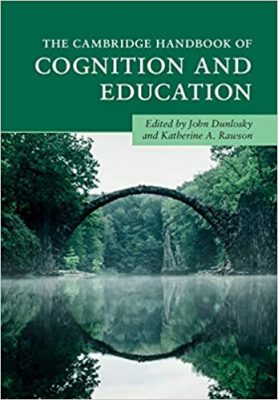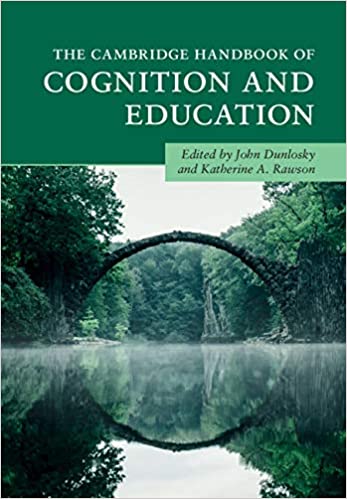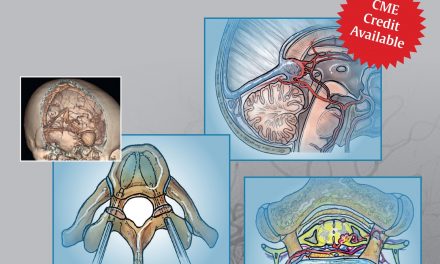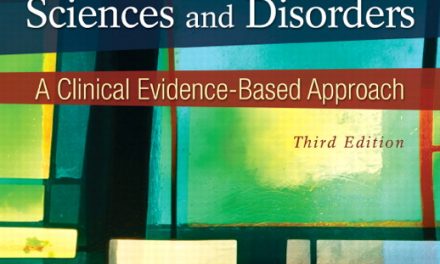 Editors: John Dunlosky and Katherine A. Rawson
Editors: John Dunlosky and Katherine A. Rawson
Publisher: Cambridge University Press – 729 pages
Book Review by: Sonu Chandiram
This is an excellent textbook for teachers who want to become more effective and successful, perhaps to win an award or two in teaching, as well as to win more awards if you already have a bundle of them.
Essentially, this book shows you the different ways that students learn a given subject, and particular ways how they learn a variety of subjects, including in mathematics and the sciences.
This is an extensive work of more than 700 pages with contributions from nearly 70 teachers, psychologists, researchers, and neuroscientists (those who know how the brains of learners work, and how to instill the eagerness to learn into their brains.
Sixty-nine specialists in cognitive (learning and retaining material) psychology from all over the United States and five other countries – Canada, France, Germany, the Netherlands, and Scotland – authored or coauthored the 27 chapters of this book listed below:
How Cognitive Psychology Can Inform Evidence-Based Education Reform: An Overview of the Cambridge Handbook of Cognition and Education.
- Part I – Foundations
- How the Learning Sciences Can Inform Cognitive Psychology
- Quackery in Educational Research
- Part II – Science and Math
- Teaching Critical Thinking as if Our Future Depends On It, Because It Does
- Improving Students’ Scientific Thinking
- Spatial Skills, Reasoning, and Mathematics
- Iterative Development of Conceptual and Procedural Knowledge in Mathematics Learning and Instruction
- Development of Fraction Understanding
- Learning How to Solve Problems by Studying Examples
- Harnessing Our Hands to Teach Mathematics: How Gesture Can Be Used as a Teaching Tool in the Classroom
- Part III – Reading and Writing
- Fundamental Components of Reading Comprehension
- Writing as a Learning Activity
- Bilingualism and Education: Bridging Cognitive Science Research to Language Learning
- Note-Taking
- Multiple Text Comprehension
- Interventions to Promote Reading for Understanding Current Evidence and Future Directions
- Part IV – General Learning Strategies
- When Does Interleaving Practice Improve Learning?
- Correcting Student Errors and Misconceptions
- How Multimedia Can Improve Learning and Instruction
- Multiple-Choice and Short-Answer Quizzing on Equal Footing in the Classroom: Potential Indirect Effects of Testing
- Collaborative Learning: The Benefits and Costs
- Self-Explaining Learning About Principles and Their Application
- Enhancing the Quality of Student Learning Using Distributed Practice
- Part V – Meta-cognition
- Self-Regulation in Computer-Assisted Learning Systems
- Improving Students’ Meta-comprehension Accuracy
- Calibration and Self-Regulated Learning: Making the Connections
- Teachers’ Judgments of Student Learning of Mathematic
- Learning Strategies and Self-Regulated Learning
Editors:
John Dunlosky is a professor of psychology in the Department of Psychological Sciences and Director of the Science of Learning and Education Center at Kent State University in Kent, Ohio. He received the Distinguished Scholar Award in 2010 from Kent State University and is a founder of the International Association for Metarecognition
Katherine A. Rawson is a professor of psychology in the Department of Psychological Sciences and Director of the Science of Learning and Education Center at Kent State University in Kent, Ohio. She has received numerous awards for her research, including the U.S. Presidential Early Career Award for Scientists and Engineers, the Outstanding Research and Scholarship Award from Kent State University, and the Outstanding Early Career Award from the Psychonomic Society.







